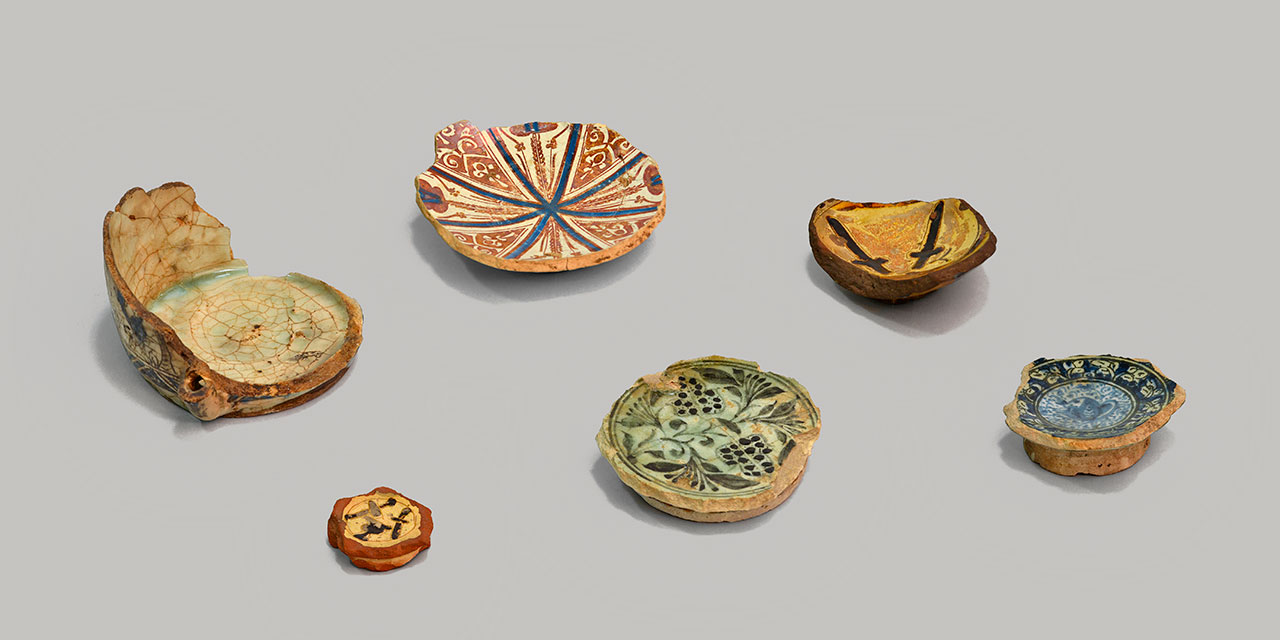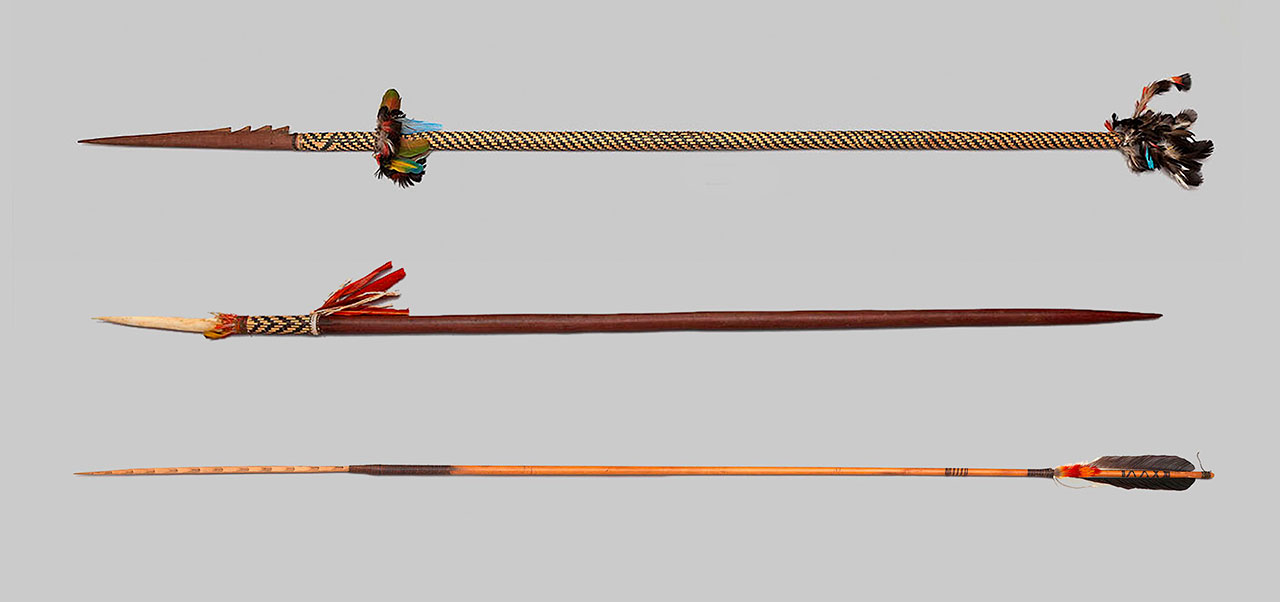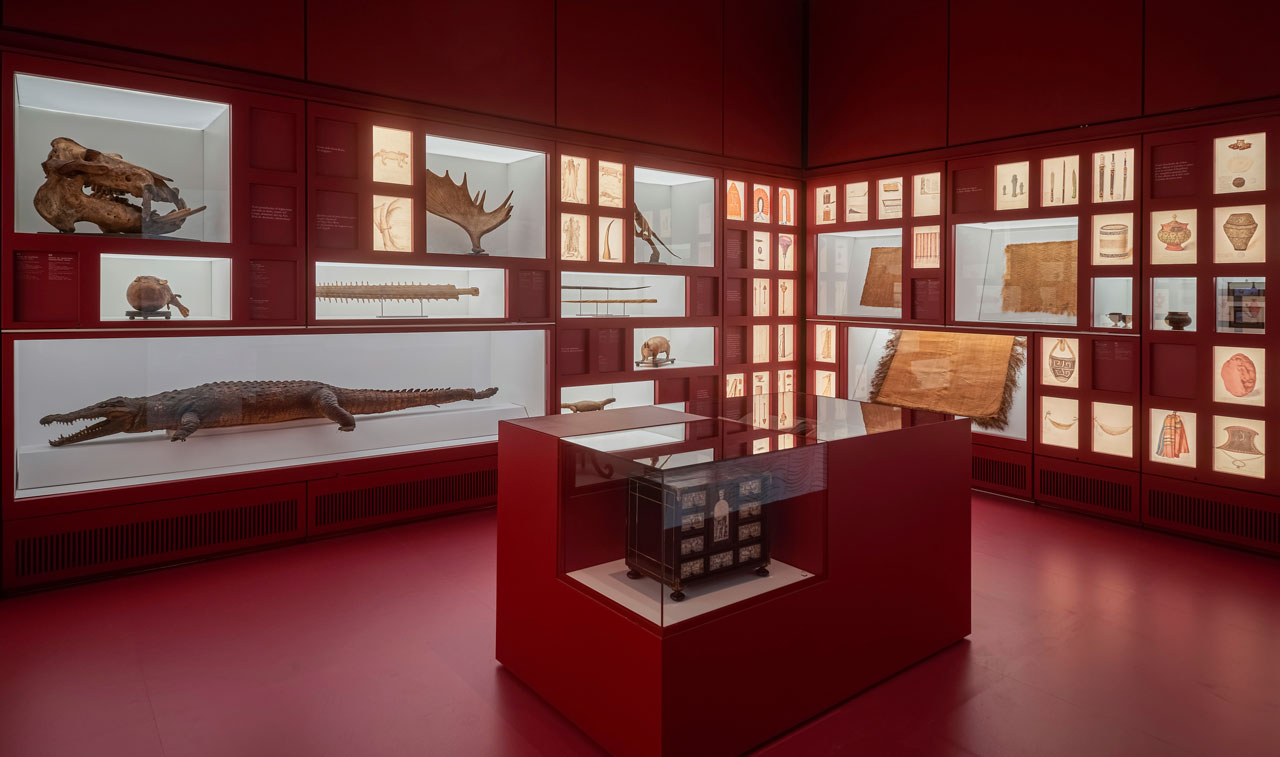PRESENTATION: EXPOSURE
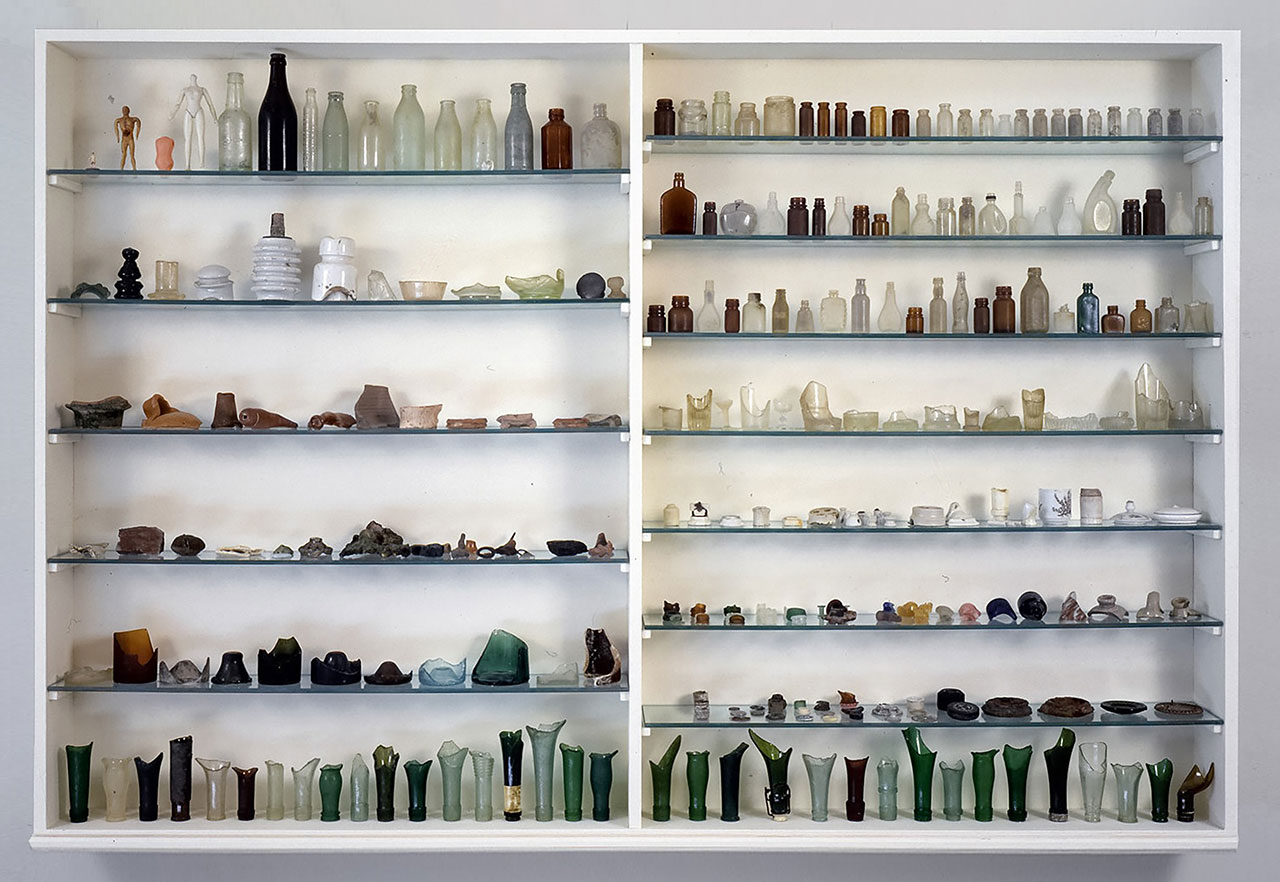 The project “EXPOSURE Art, culture, fashion in and out of the showcase” is centered on a reflection on the public display of artworks of art and, in particular, on the vitrine, which is virtually synonymous with the European museum. This problematic becomes particularly acute and different when it comes to ethnographic collections, such as MUDEC (Museo delle Culture, Milan) has.
The project “EXPOSURE Art, culture, fashion in and out of the showcase” is centered on a reflection on the public display of artworks of art and, in particular, on the vitrine, which is virtually synonymous with the European museum. This problematic becomes particularly acute and different when it comes to ethnographic collections, such as MUDEC (Museo delle Culture, Milan) has.
By Efi Michalarou
Photo: MUDEC Archive
The project “EXPOSURE Art, culture, fashion in and out of the showcase” breaks the traditional spatial and temporal structures of the exhibition and develops in several episodes. Aiming to change the usual spectatorial routes within the museum itself, the second episode of Exposure evolves in the permanent collection of the Ethnographic Museum through a series of interventions by video artist and filmmaker Theo Eshetu, Especially for the exhibition Eshetu created the multichannel video installation “Crocodile on the ceiling” he reinterprets in a personal way the phenomenon of the Wunderkammern*. For Eshetu, the most emblematic element of the Wunderkammern is the taxidermied crocodile: it can be found hanging from the ceiling not only in collections such as that of Manfredo Settala, but also in Italian churches such as the Sanctuary of the Madonna delle Grazie in Curtatone (Mantua). According to the artist, “the origins of the connotation of crocodiles as guardians of treasures are shrouded in mystery and may have roots in their presence in the workshops of wizards, alchemists and apothecaries. These crocodiles represent strength, fierceness and ancient knowledge and their presence within sacred spaces emphasizes the connection between the natural and the heavenly worlds. It plays a role in the shift from the alchemist studio to religious spaces as carriers of knowledge”. Eshetu also suggested turning some objects 180 degrees in the permanent collection. As if testing the viewer’s alertness, Eshetu invites us to wake up from our habitual gazing at objects in the vitrine. “Brave New World”, also by Theo Eshetu, is instead a kaleidoscope of moving images that makes the audience itself part of the work. This is followed in the Focus rooms by a section devoted to the history of the display case in museum displays and its role as a means of classification, particularly in ethnographic collections. The theme of desire, on the other hand, is explored through the dreamlike images of the shop windows created by legendary designer and windows dresser Gene Moore for Tiffany and those of the displays by graphic designers Albe Steiner, Giancarlo Iliprandi and Roberto Sambonet for ‘la Rinascente’ in the second half of the 20th century. Core of the project and another episode develops in for the temporary exhibitions halls and is related to a series of questions to the history and essence of the vitrine in the museum and especially in the ethnographic museum. How the architecture of the vitrine itself determines the display of objects, how traditional European classifications and taxonomies are formed, and to what extent they are able to reflect the original contexts and origins of objects. The vitrines in the space, which were kindly provided by various public Italian institutions for the exhibition, become “containers” within which the logic of European taxonomies is taken to its absurd limit. The vitrine is also interpreted as a repository of valuable objects, but the exhibition proposes many different answers to the question – what do we consider valuable, what is responsible for our perception of “value”? One of the symbolically important elements in this exhibition is Candida Höfer’s photograph “Ethnologisches Museum III” (2003) – museum curators dressed in protective suits long before the pandemic are working inside a storage with ethnographic objects. The situation of fear, danger, and total distrust between subject and object is in many ways characteristic of many museum collections. Project Exposure in this sense becomes an attempt to restore this fragile trust and to start an open conversation about many aspects of contemporary museum life. A separate part of the exhibition is related to the use of the shop window in fashion retail, a context particularly important in Milan, and in this sense the project presents the works of various artists and designers who have been involved in window decoration at the Rinascente department store and it becomes de facto evident that the shop window has never been an additional tool to increase sales, but a means to create a situation of desire, in fact an imaginary space. Logically swapping historical perspective for a contemporary one, the project continues to explore the life forms of the vitrine in the contemporary museum and in the practice of contemporary artists. Mark Dion’s cabinet with glass objects found in a Venetian lagoon or Damien Hirst’s vitrine with cigarette butts inside (Dead Ends, 1994). To what extent does the vitrine as a spatial and ideological structure determine our perception, up to what point does it fulfill only a storing function, and when is it possible to overcome it? In this regard, the final highlight is a new work by the Italian artist Monia Ben Hamouda, which is in essence a manifesto and calls on the viewer to look beyond the museum and museum convention and symbolically returns us to the physical sensations of the objects in the collection: by using spices that have a smell and color, she seems to restore the fragile memory not of the museum modus of the objects’ existence, but of their original origin and use.
* Wunderkammer or Cabinets of curiosities were encyclopedic collections of objects whose categorical boundaries were, in Renaissance Europe, yet to be defined. Although more rudimentary collections had preceded them, the classic cabinets of curiosities emerged in the sixteenth century., were encyclopedic collections of objects whose categorical boundaries were, in Renaissance Europe, yet to be defined. Although more rudimentary collections had preceded them, the classic cabinets of curiosities emerged in the sixteenth century.
Participating Artists: Monia Ben Hamouda, Mark Dion, Sam Durant, Theo Eshetu, Damien Hirst, Candida Höfer, Giancarlo Iliprandi, Gene Moore, Roberto Sambonet, Albe Steiner
Photo: Mark Dion, Riding Neptune’s vault. Cabinet A, 1997/98, Showcase with fragments of glass, iron, plastic, Private Collection
Info: Curators: Katya Inozemtseva and Sara Rizzo, MUDEC (Museo delle Culture, Milan), Via Tortona 56, Milan, Italy, Duration: 1/3-8/9/2024, Days & Hours: Mon 14:30-19:30, Tue-Wed & Fri, Sun 9:30-19:30, Thu & Sun 9:30-22:00, www.mudec.it/
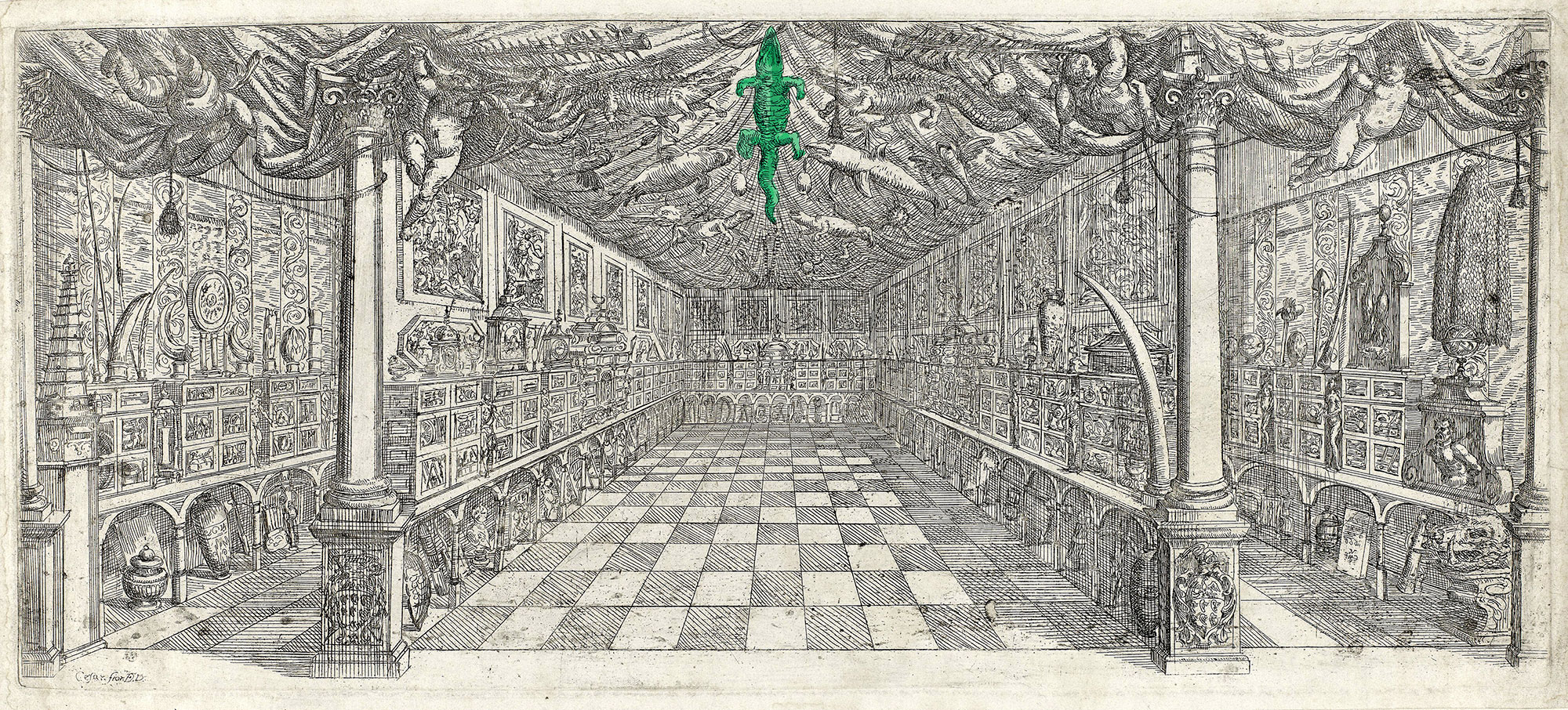
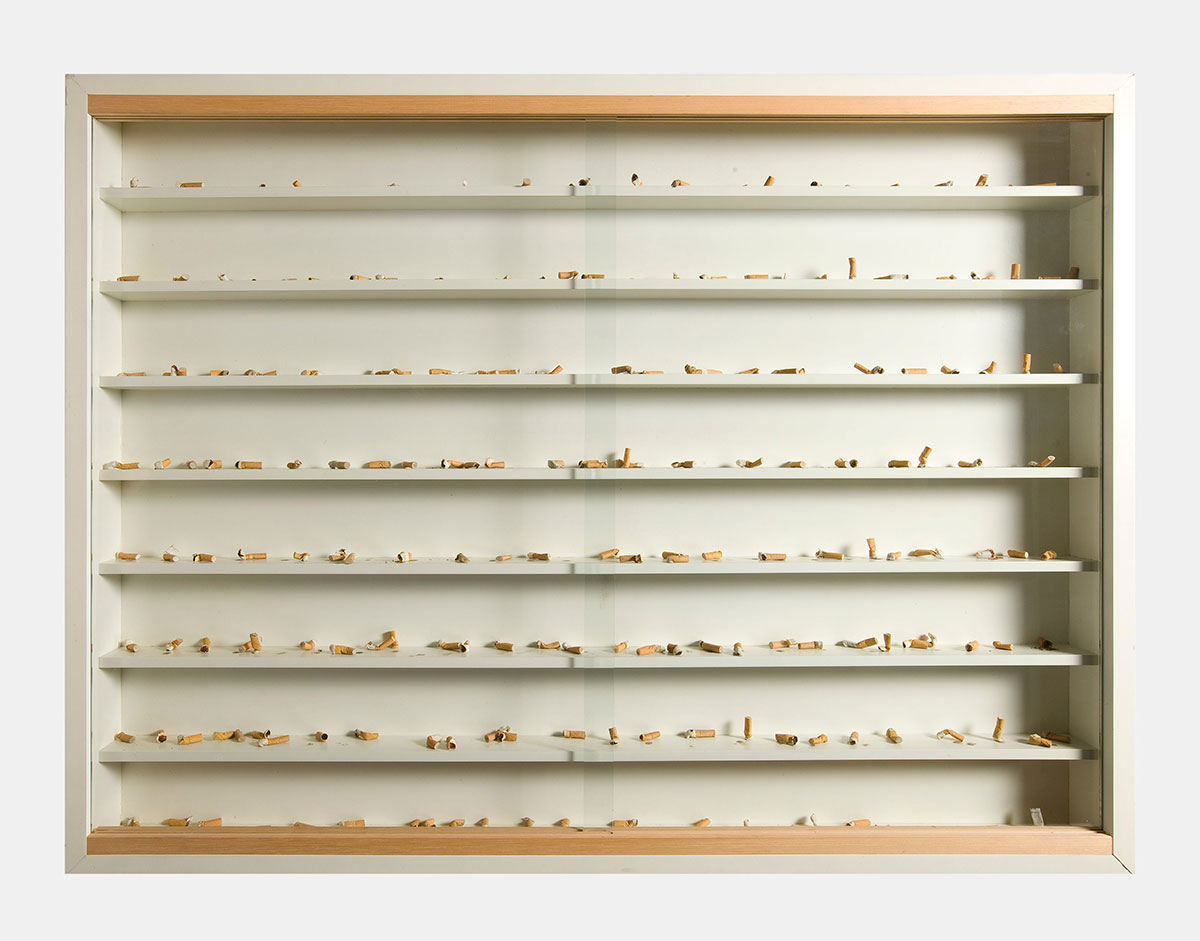
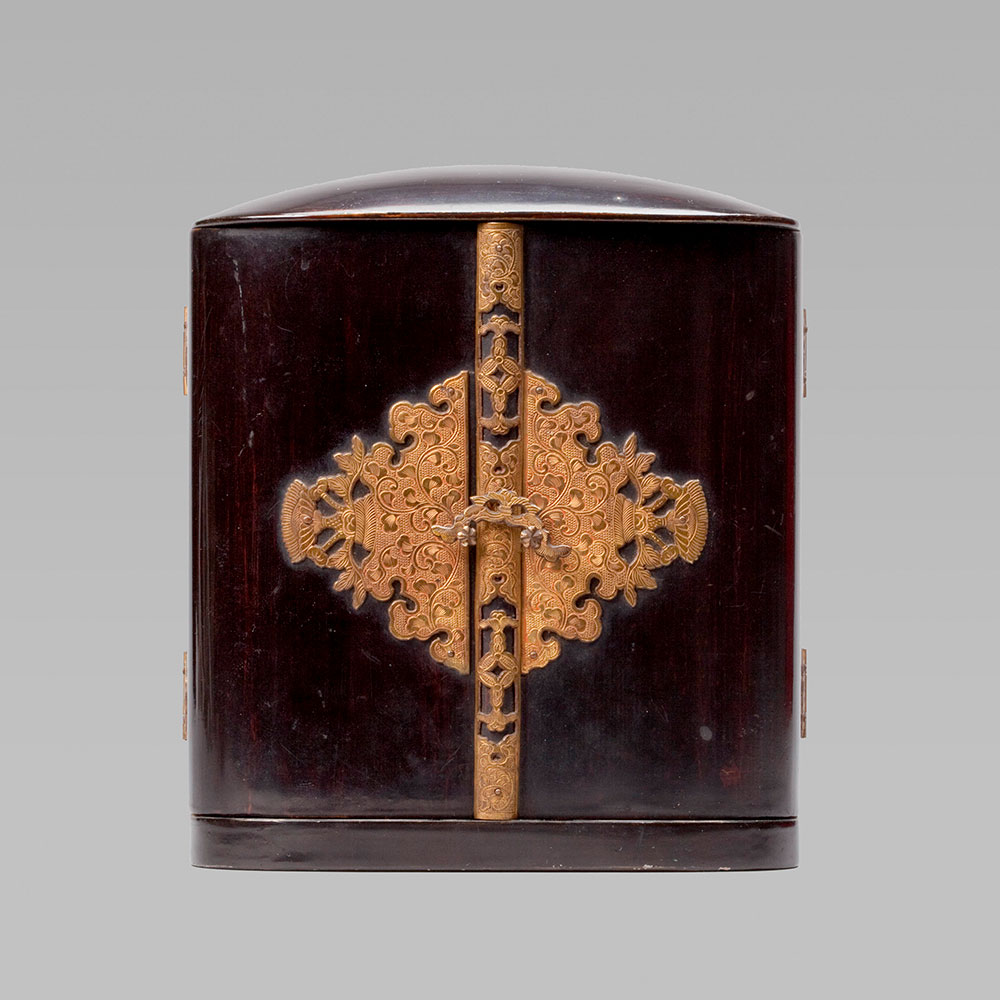
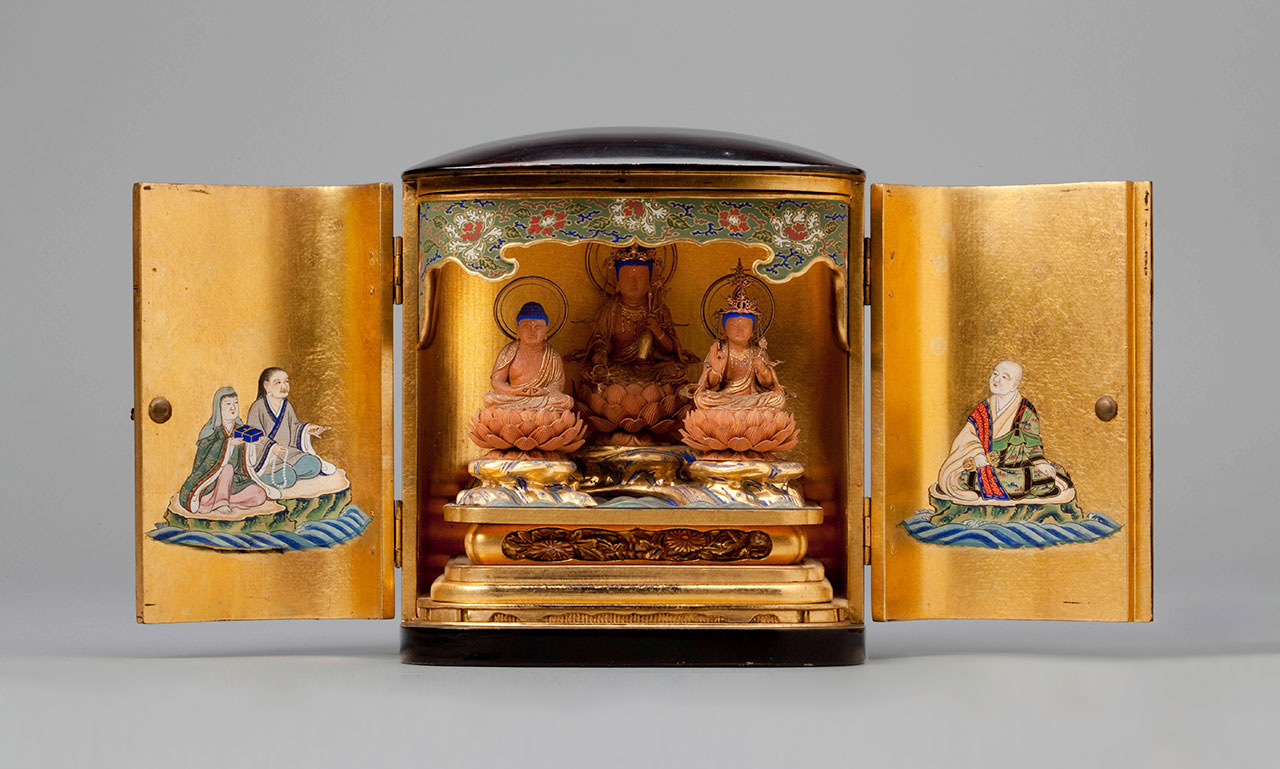

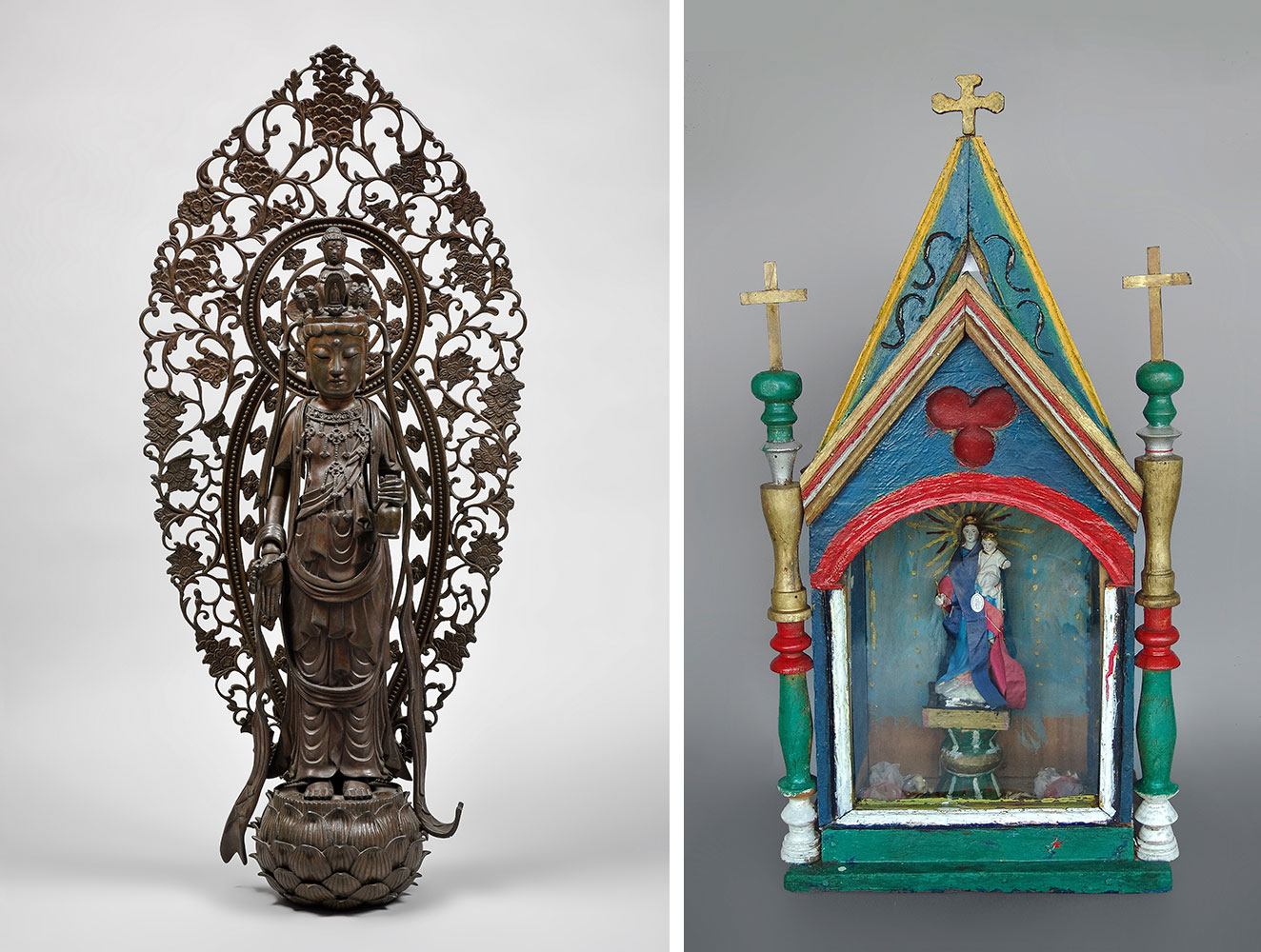
Right: Domestic altar, First half of the 20th century, Quechua people of the area of Cuenca, Ecuador Painted wood, Milan, MUDEC – Museum of Culture
